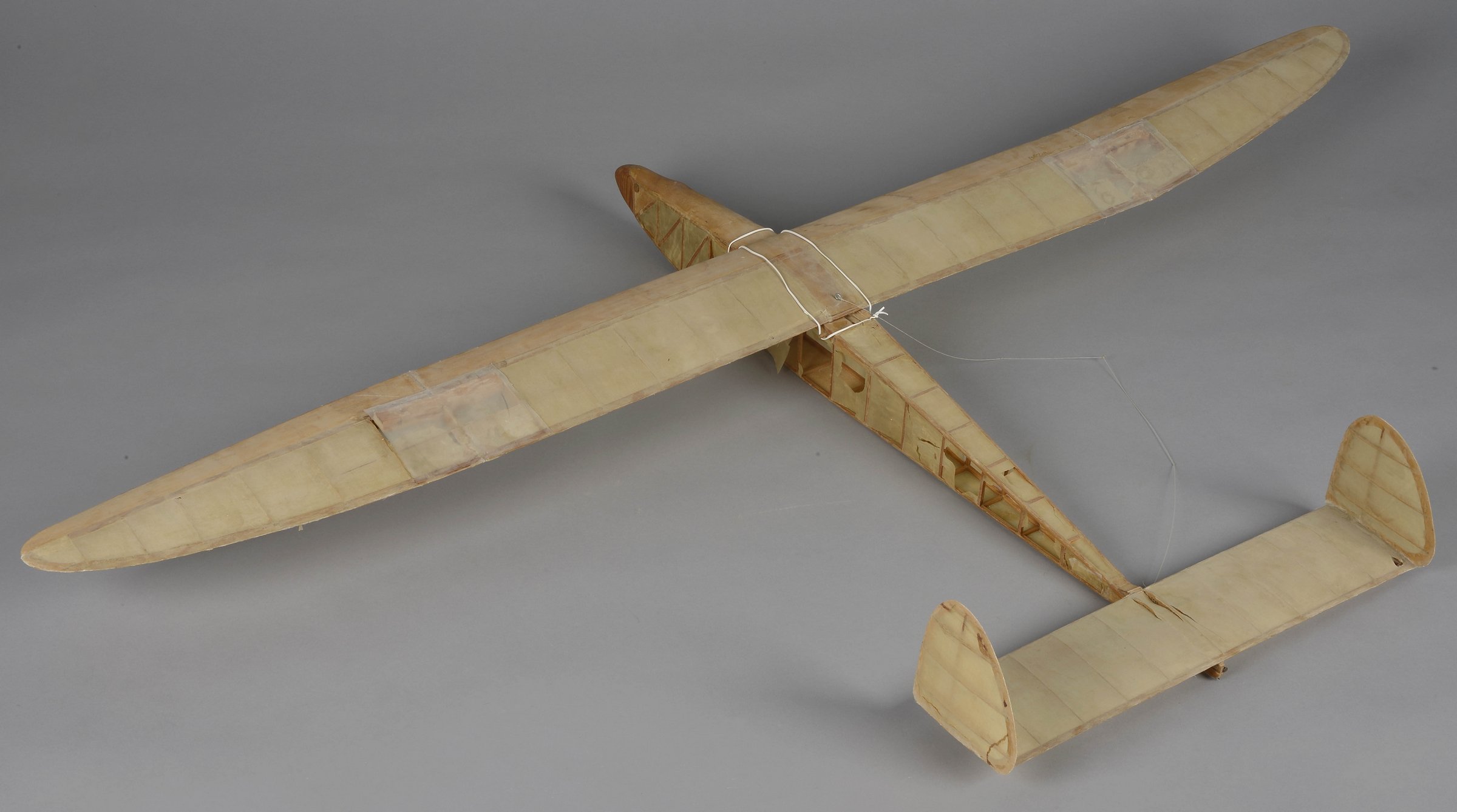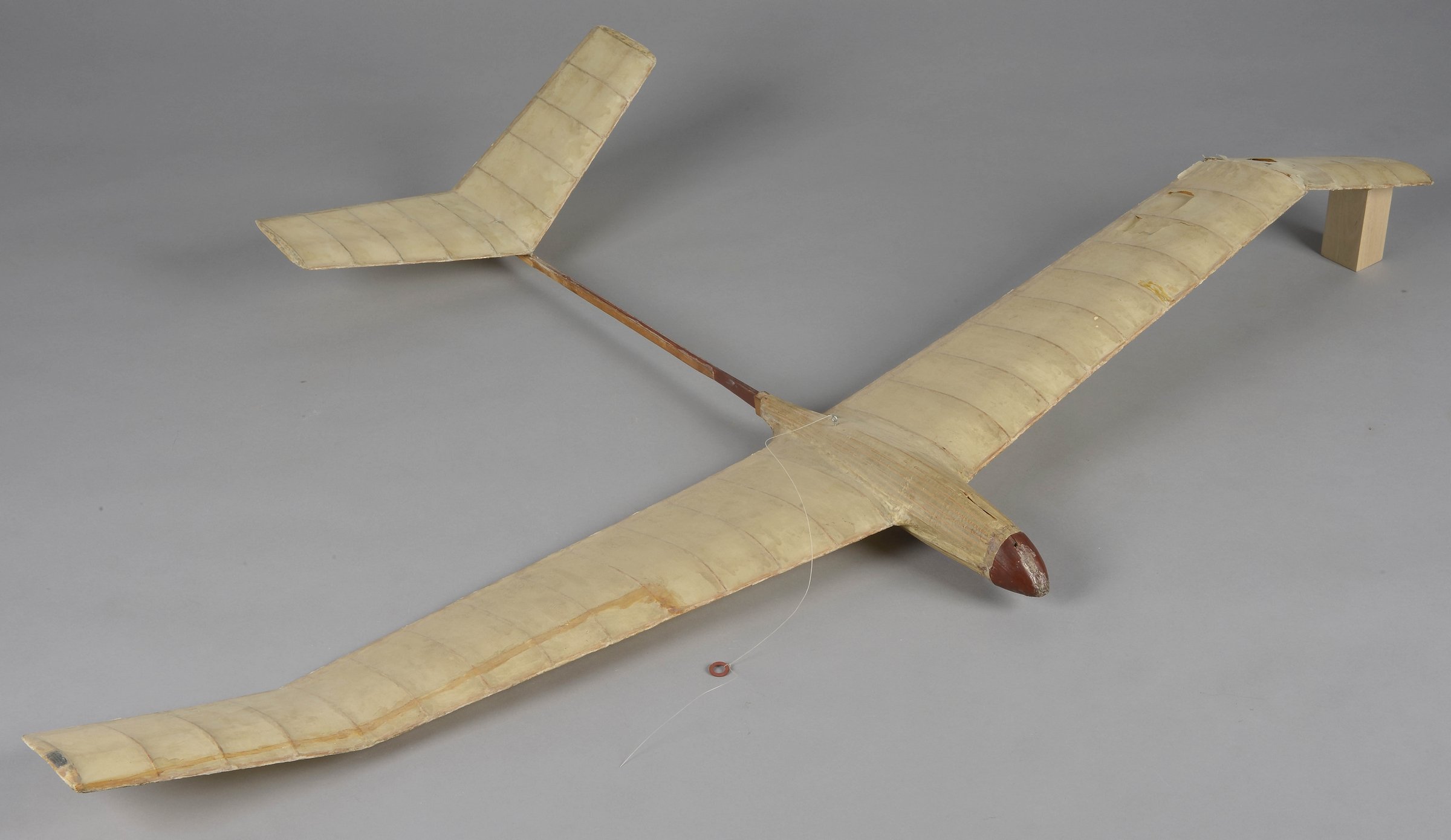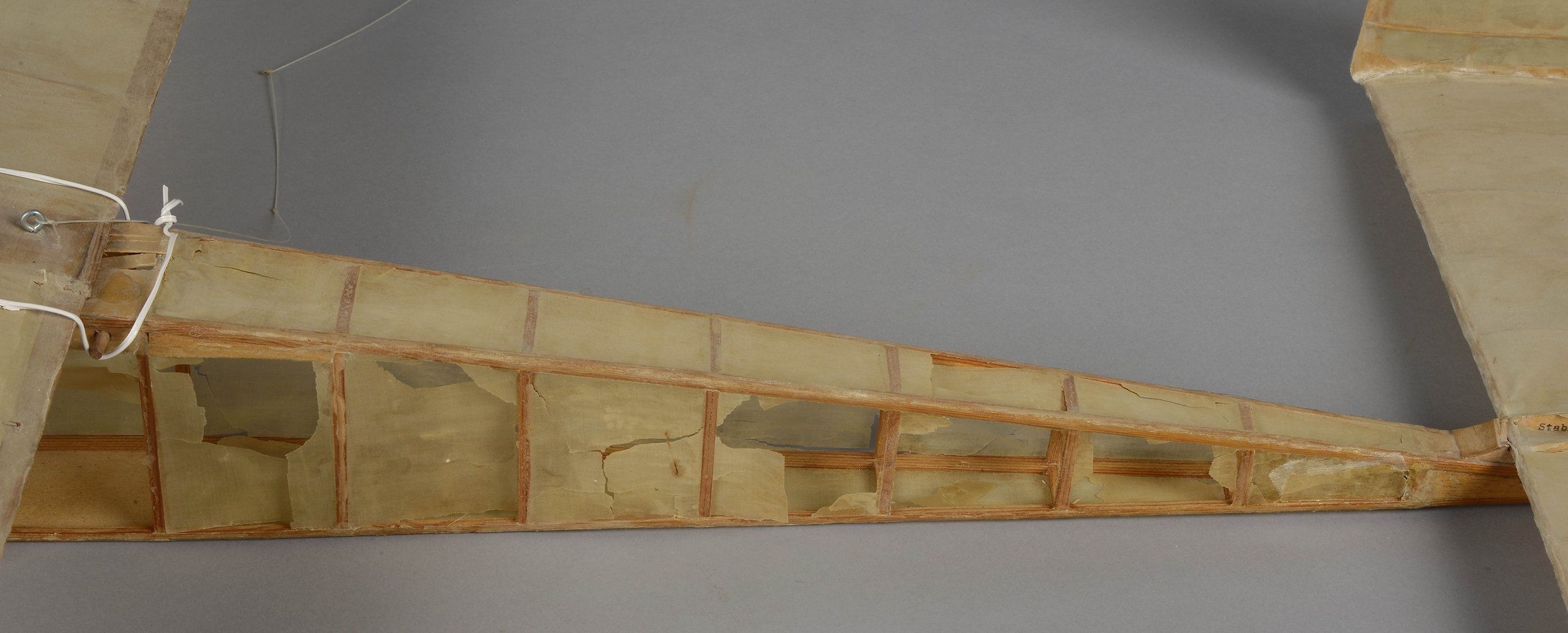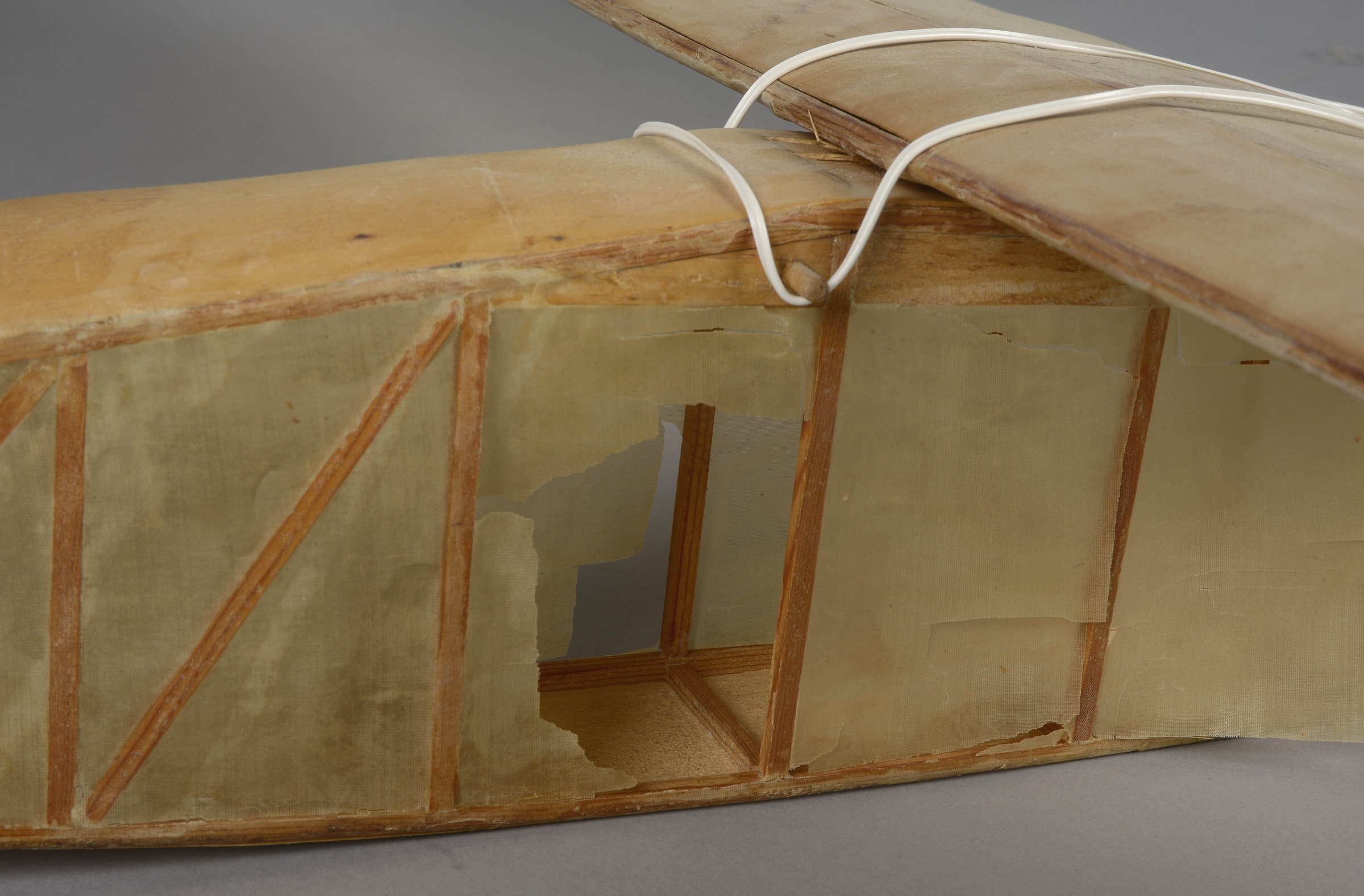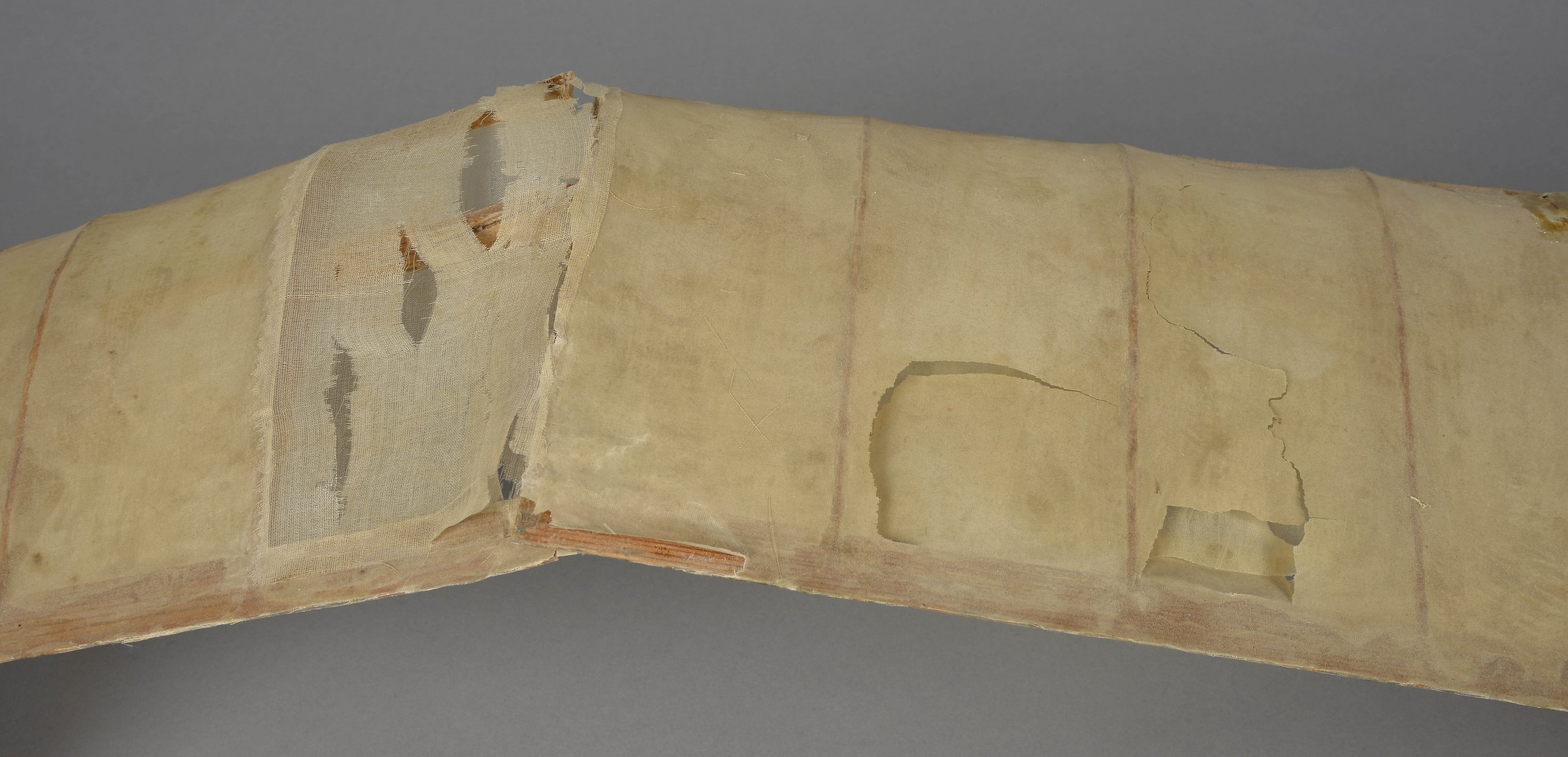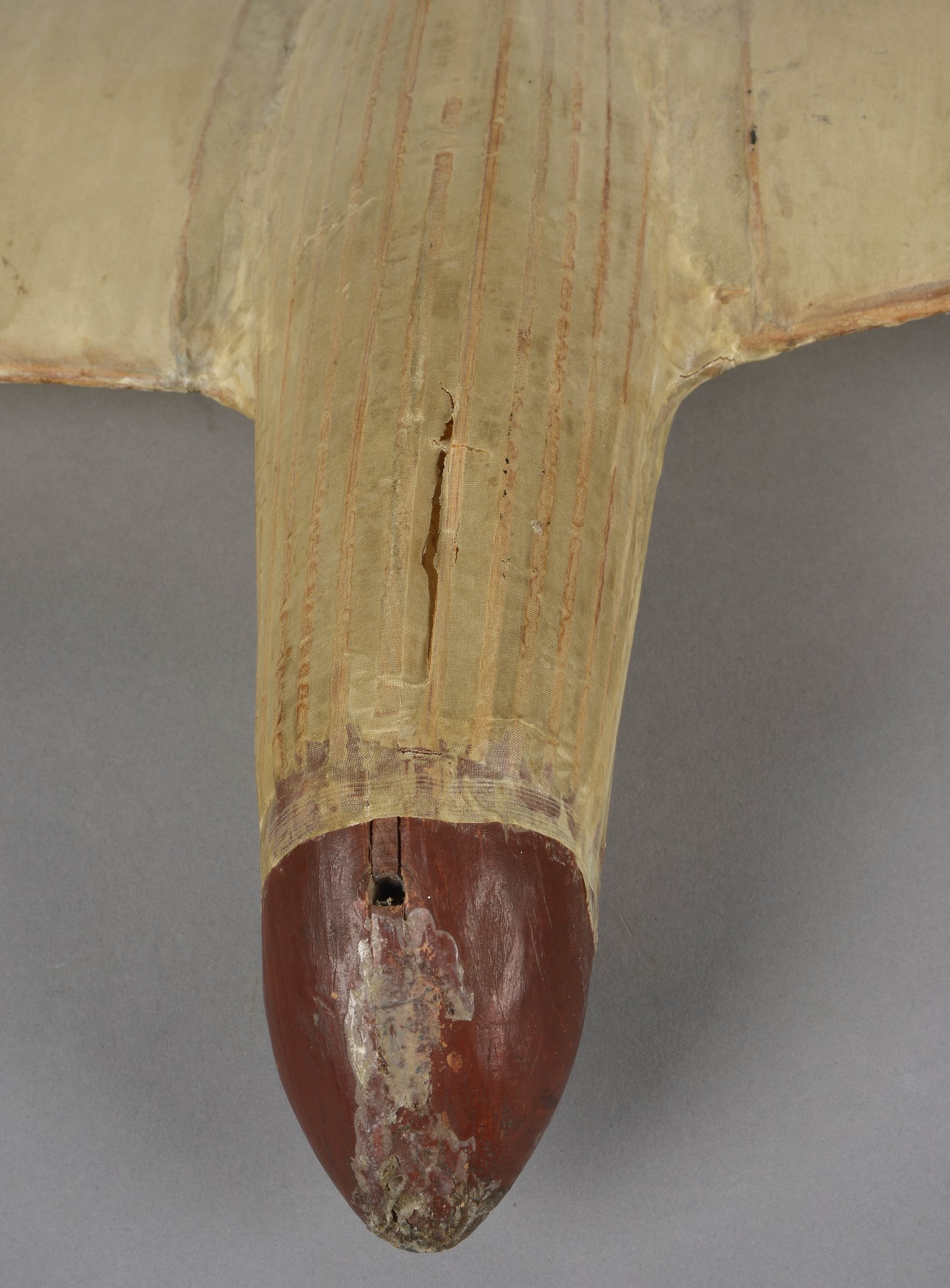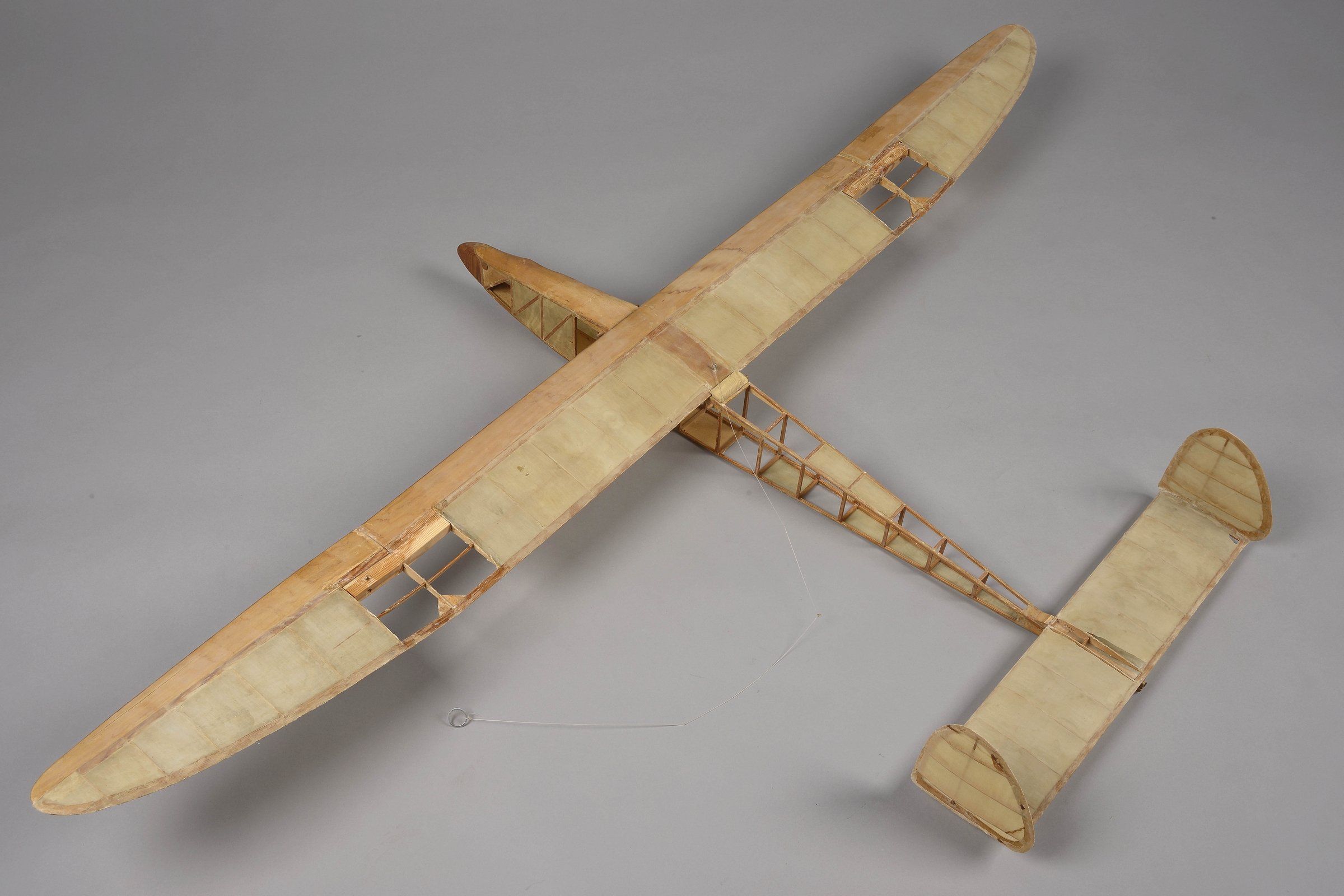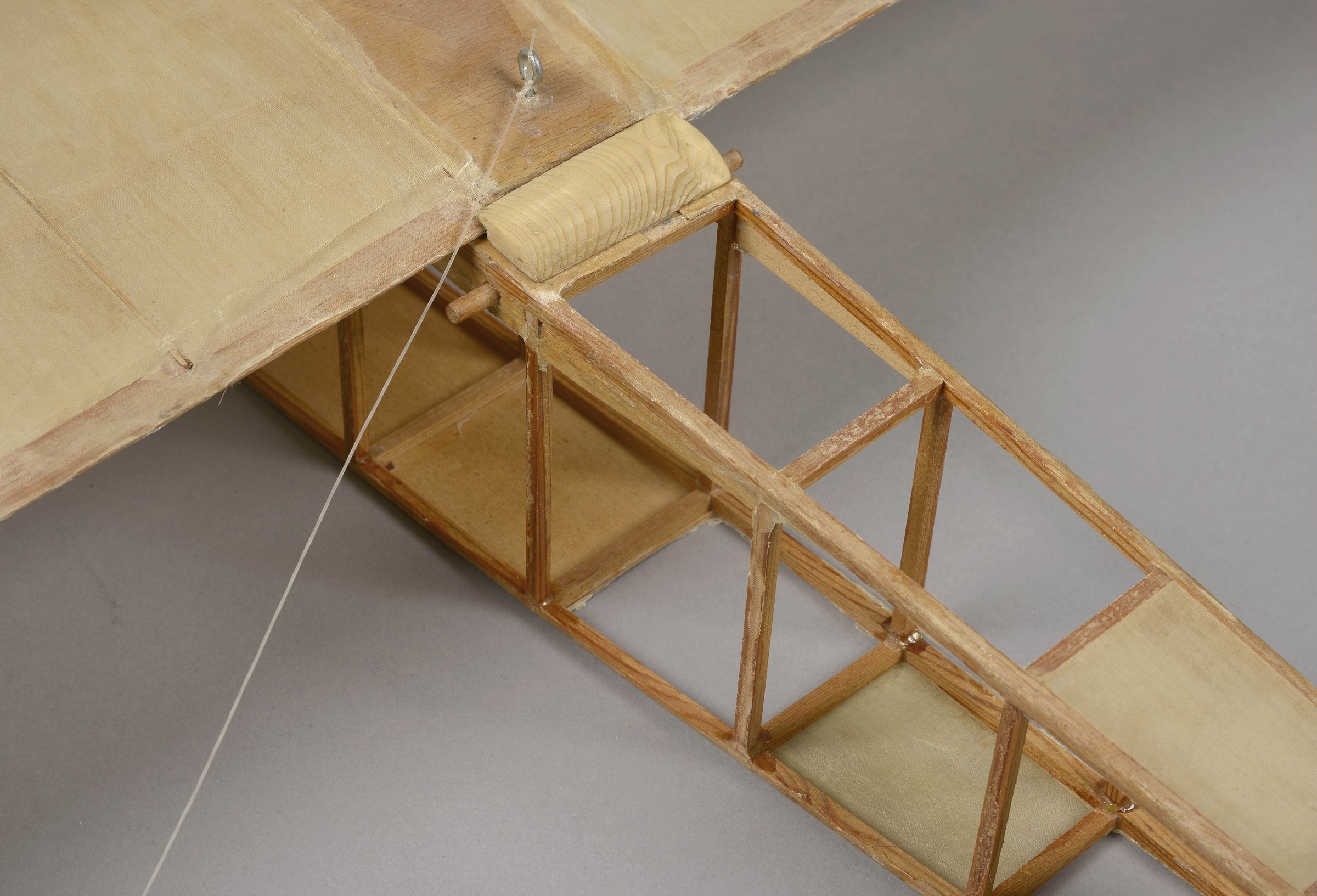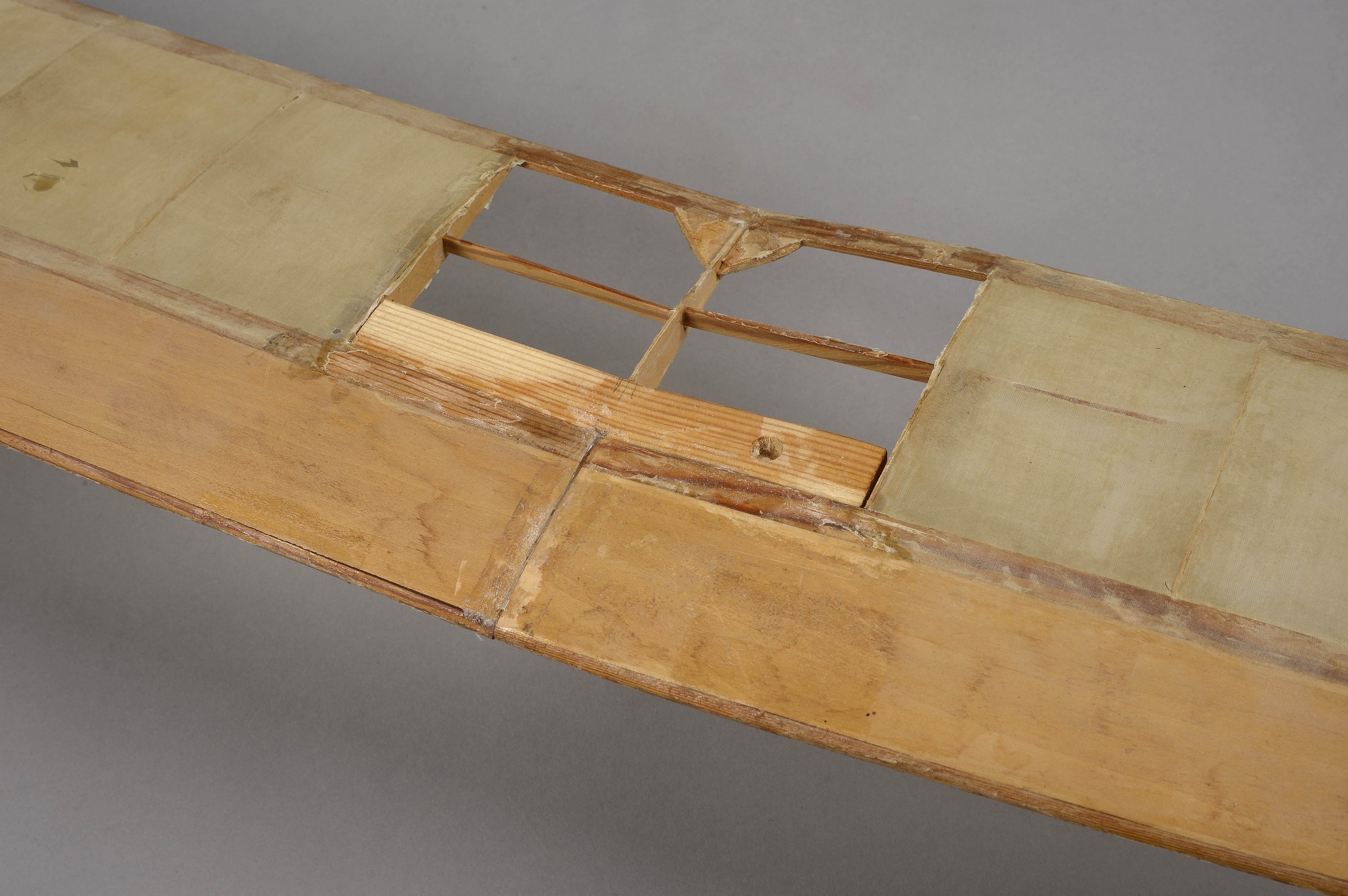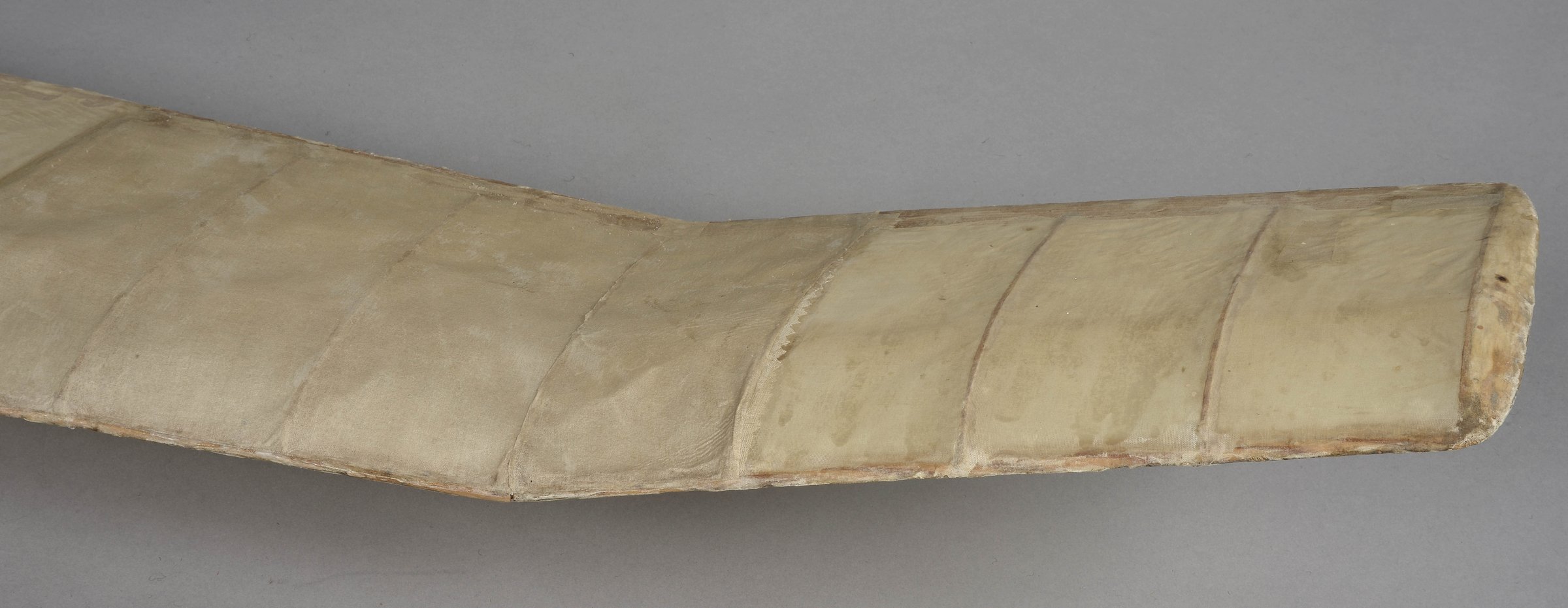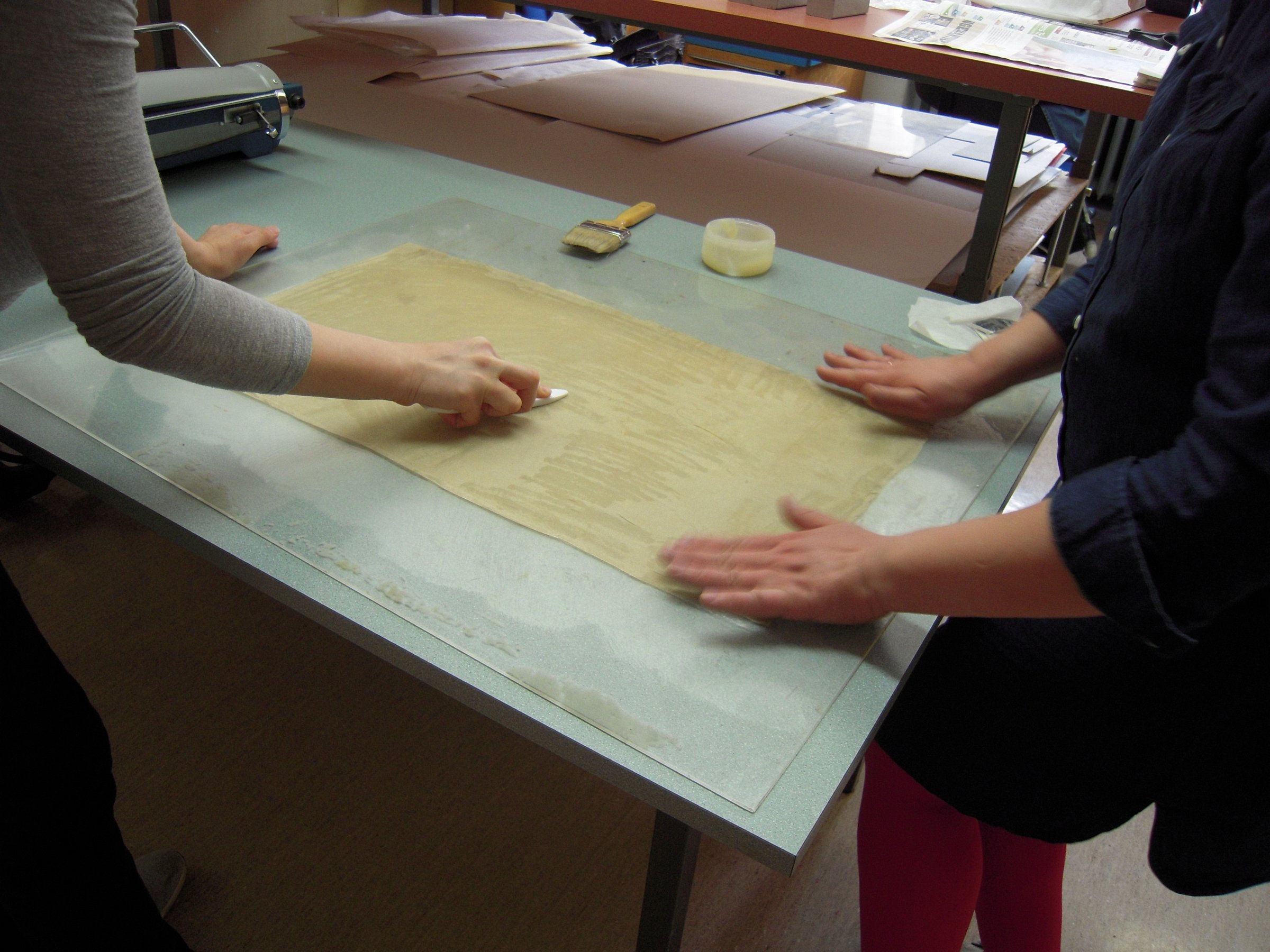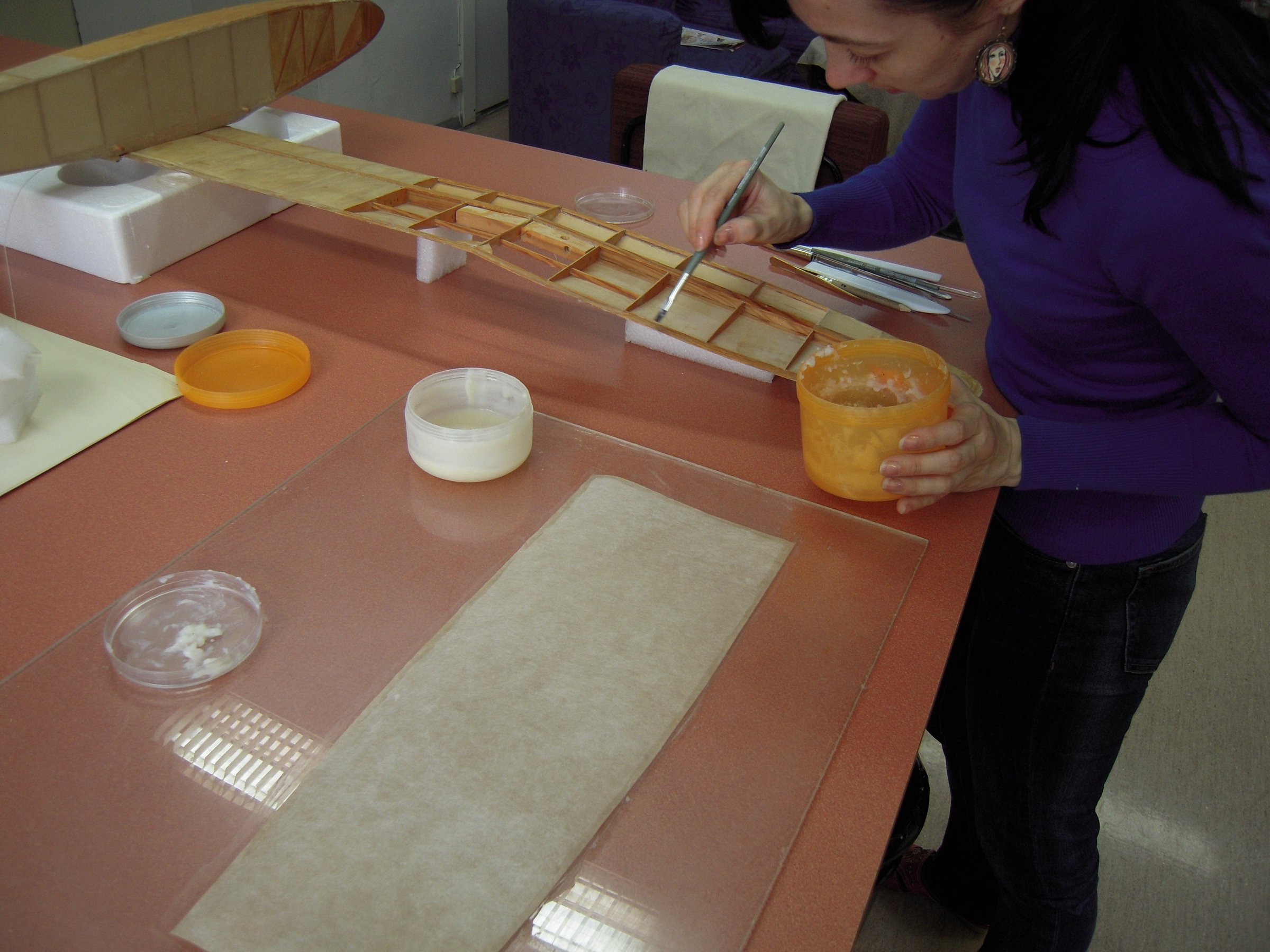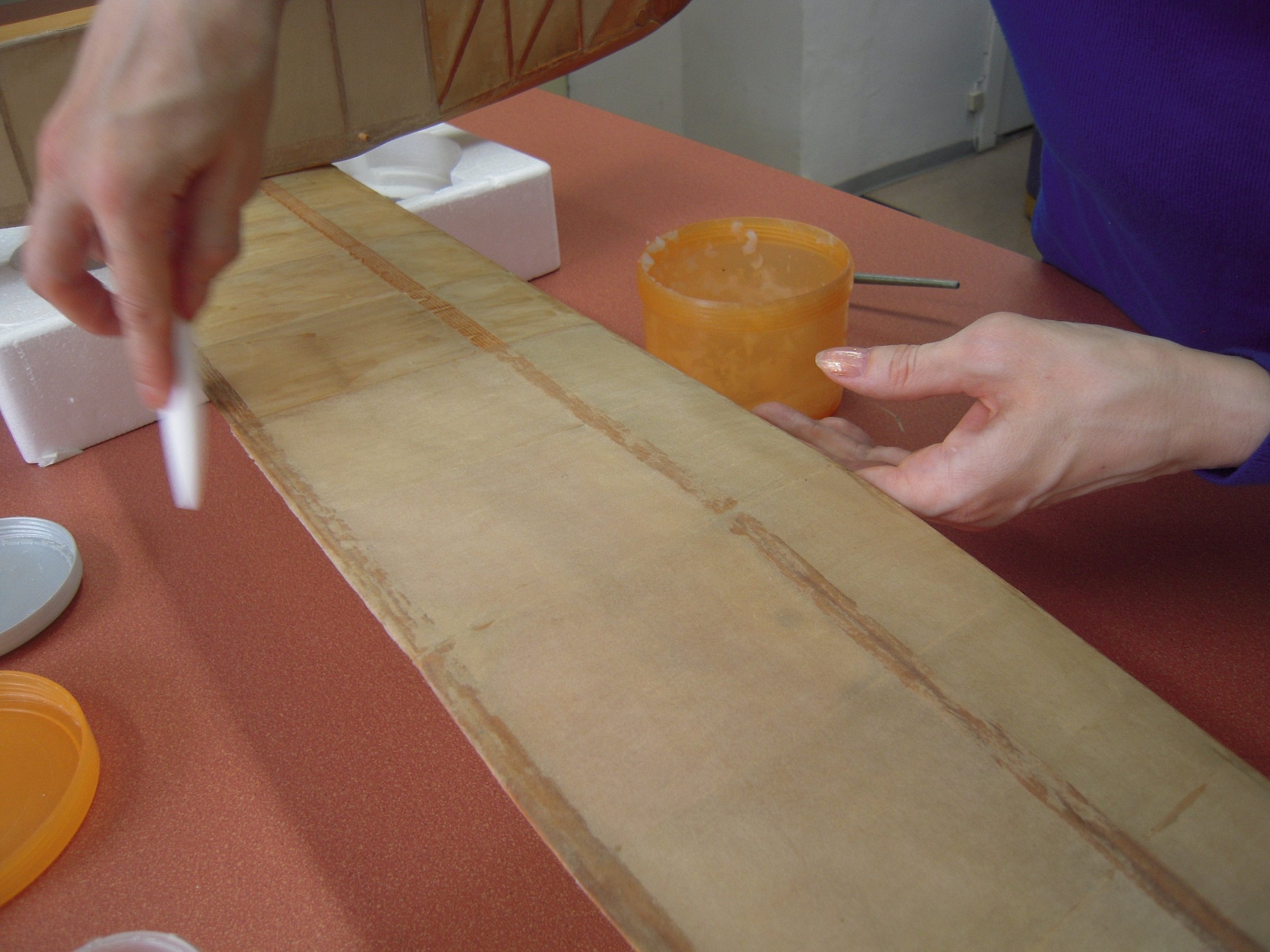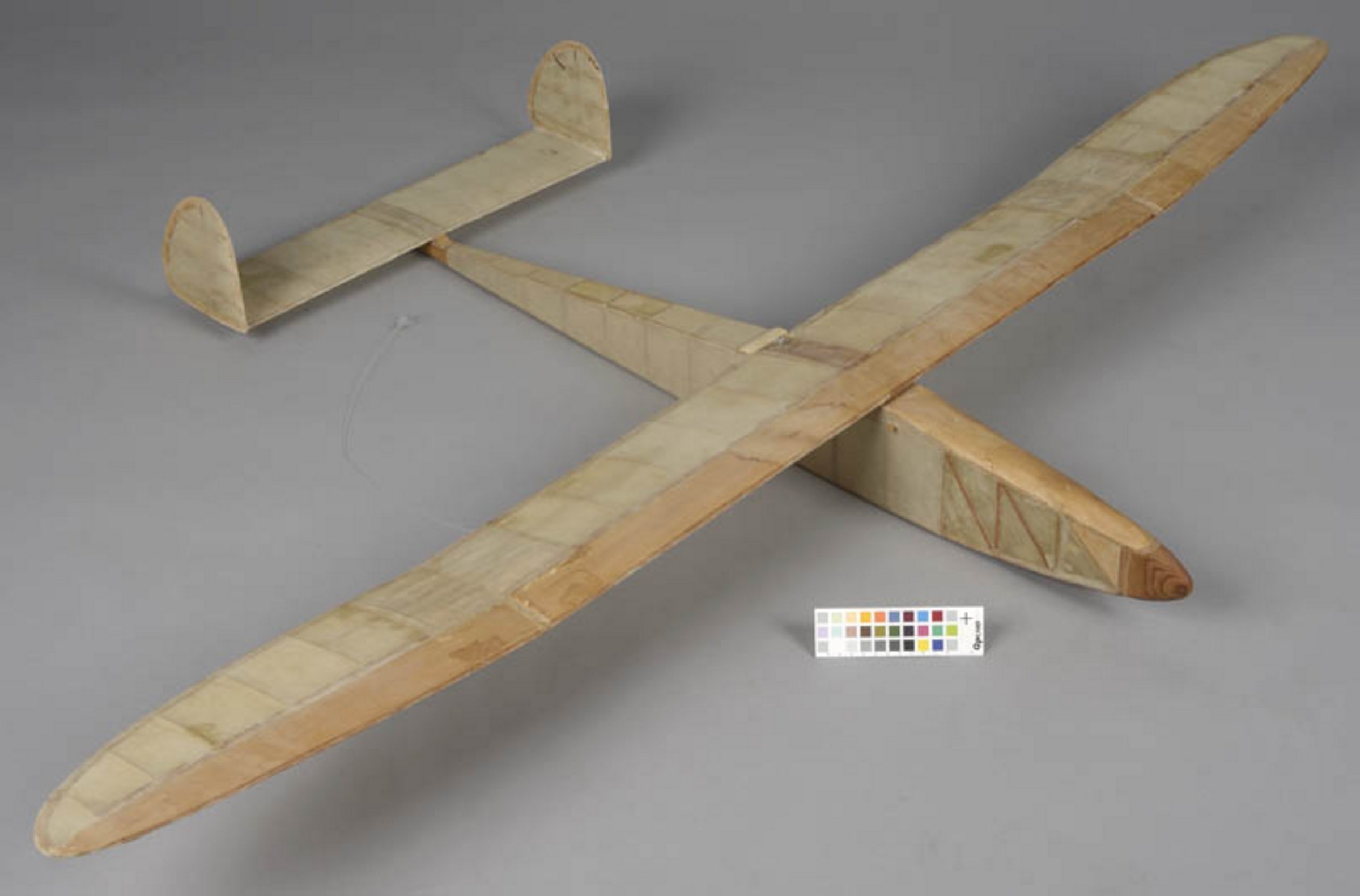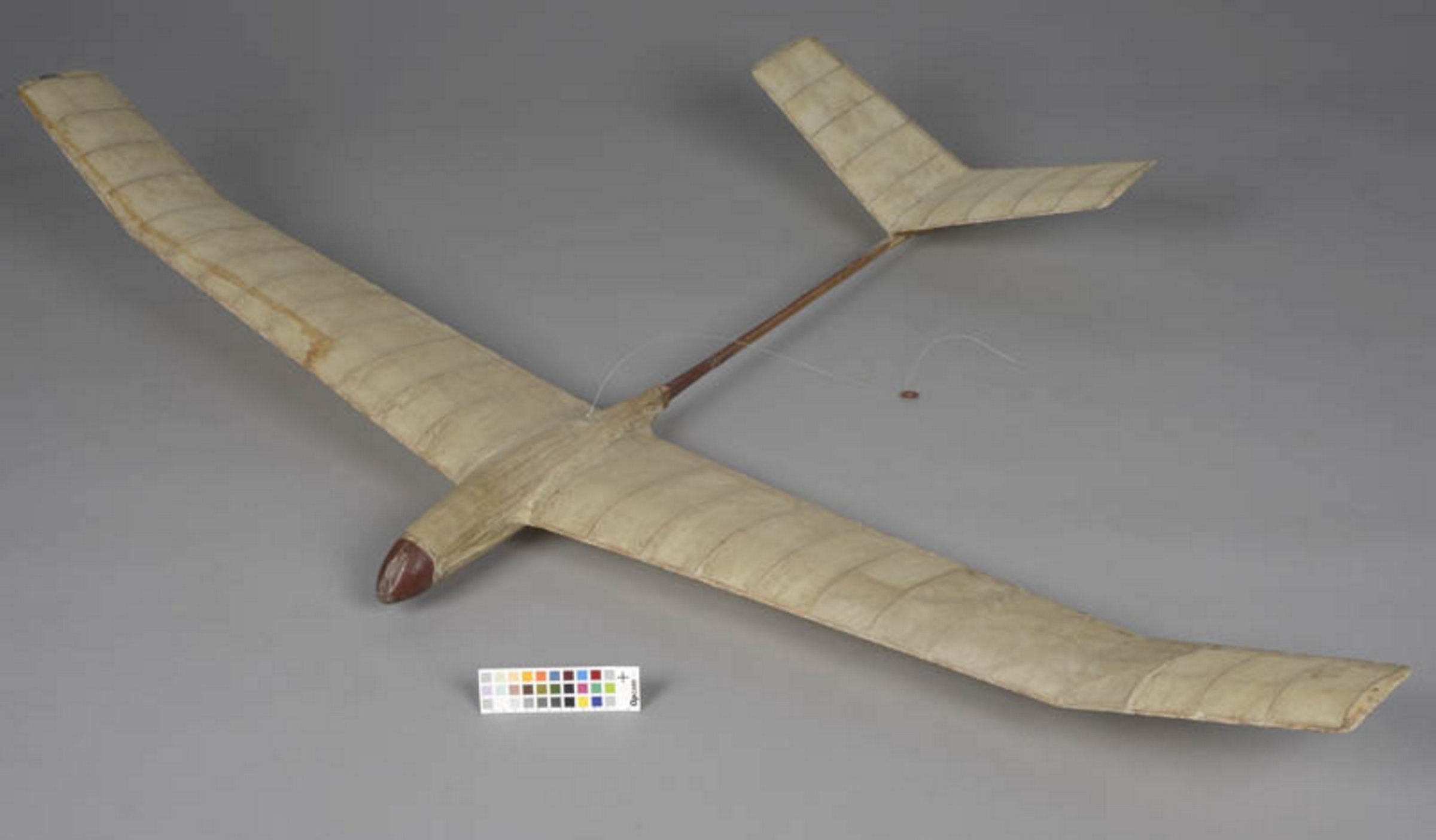COMPOSER EDUARD TUBIN’S MODEL AEROPLANES
Autor:
Helen Lennuk
Year:
Anno 2015
Category:
Conservation
When two model planes in a big plywood box were brought to the centre and they were given to me to work on, my colleagues were tickled pink by the phrase ‘lennukirestauraator Lennuk’. (The English translation would be ‘plane restorer Plane’.) I myself was amused, too.
The Theatre and Music Museum got the model planes from Mr. Eino Tubin, the son of the well-known Estonian composer Eduard Tubin. Eino Tubin (born in 1942) is a former official of the Swedish Ministry of Defence and a free-lance journalist. Since 1994 he and his Turkish wife have been residing in a small town of Kash, Turkey. He has said that his father made the model planes himself and sometimes flew them together with his son. Model aircraft no 2 has a label on the end of one wing that gives the name and address ‘EINO TUBIN. Ulricehamnstv. 44. Johanneshov. Te. 483733.
The model aeroplanes were brought to the Kanut in a large plywood box that had been specially prepared for air transport. Although packed up well, they were still damaged. The damages may have occurred earlier when the aeroplanes were flown, while transport damages were also possible.
The wooden structure of the planes was fragile but in a quite good condition. Only one wing was broken and some smaller damages were discovered on wooden details.
The wooden structure was covered by flimsy silk. Silk is frequently used in building model aircraft, as it is light and tightens up itself when the plane is being made. The problem is that after several layers of lacquer silk becomes brittle. The silk of the two model planes in question had been varnished several times and become so brittle that it was torn even on the gentlest touch. Earlier tears had been mended with glue, tape and matt plastic material obviously already when the planes were still being flown.
STORY OF CONSERVATION
First of all the earlier mends and repairs with tape and plastic had to be removed. It was decided to remove also the torn silk patches, as it was found to be impossible to line the damaged material on the model. Wood conservator Viljar Talimaa, who bracketed the broken wing and gave it its original setting, repaired the damaged patches in the wooden structure.
The covering textile caused problems, as it had to be durable but light, so that it would not tear on touch while its weight should not disturb the plane’s balance.
We wished to use material that would be closest to the original and so we returned to silk. Had we varnished the new silk, it would have turned brittle again and so we decided not to use lacquer but to underpin it on durable and feather-light material, i.e. 11g/square cm Japanese Tissue Paper. Underpinning fragile materials is complicated and so it was accomplished on ‘four hands’. The toned paper was placed on a clean surface and glue was smeared on with broad and soft Japanese pencils to avoid the paper tearing or creasing. Wheat-meal starch was used for gluing. The toned silk was carefully placed on the glued surface and smoothed and pressed with a Teflon Bone Folder. The resulting material was put between Hollytex and felt sheets in a heavy press to dry for 24 hours. The lining silk was cut out on patterns, watching out that the textile warp would coincide with that on the original. Suitable patterns were glued to the structure with wheat-meal paste and pressed with the stick, so that the structure and the textile were glued only on the edges. It was an attention- and care-consuming job as the original material could tear on gentlest touch of a finger.
After conservation the model aircraft was taken to Alatskivi manor, where on the first floor Eduard Tubin’s Museum had been established. The display was opened in the spring of 2011 in collaboration of the Alatskivi Municipality and the Estonian Theatre and Music Museum.
The aircraft was conserved with the help of Jolana Laidma, Viljar Talimaa and Maria Lillepruun.
REFERENCES:
V. Lään. Kes on kes? Kes on kus?: kaugete maade eestlased: lühielulood. Tallinn: Olion. 2011
CopterCAM veebileht. http://www.coptercam.ee/mudellend/pdf/8_materjalid ja tooriistad.pdf
Alatskivi lossi veebileht. Eduart Tubina Muuseum. http://www.alatskiviloss.ee/est/tubina-muuseum

